 |
|
HOME
|
US Navy -
ships
|
US Navy - air
units
|
USMC - air
units
|
International
Navies
|
Weapon Systems
|
Special Reports |
|
Aircraft Weapon System AGM-158C LRASM - Long Range Anti Ship Missile |
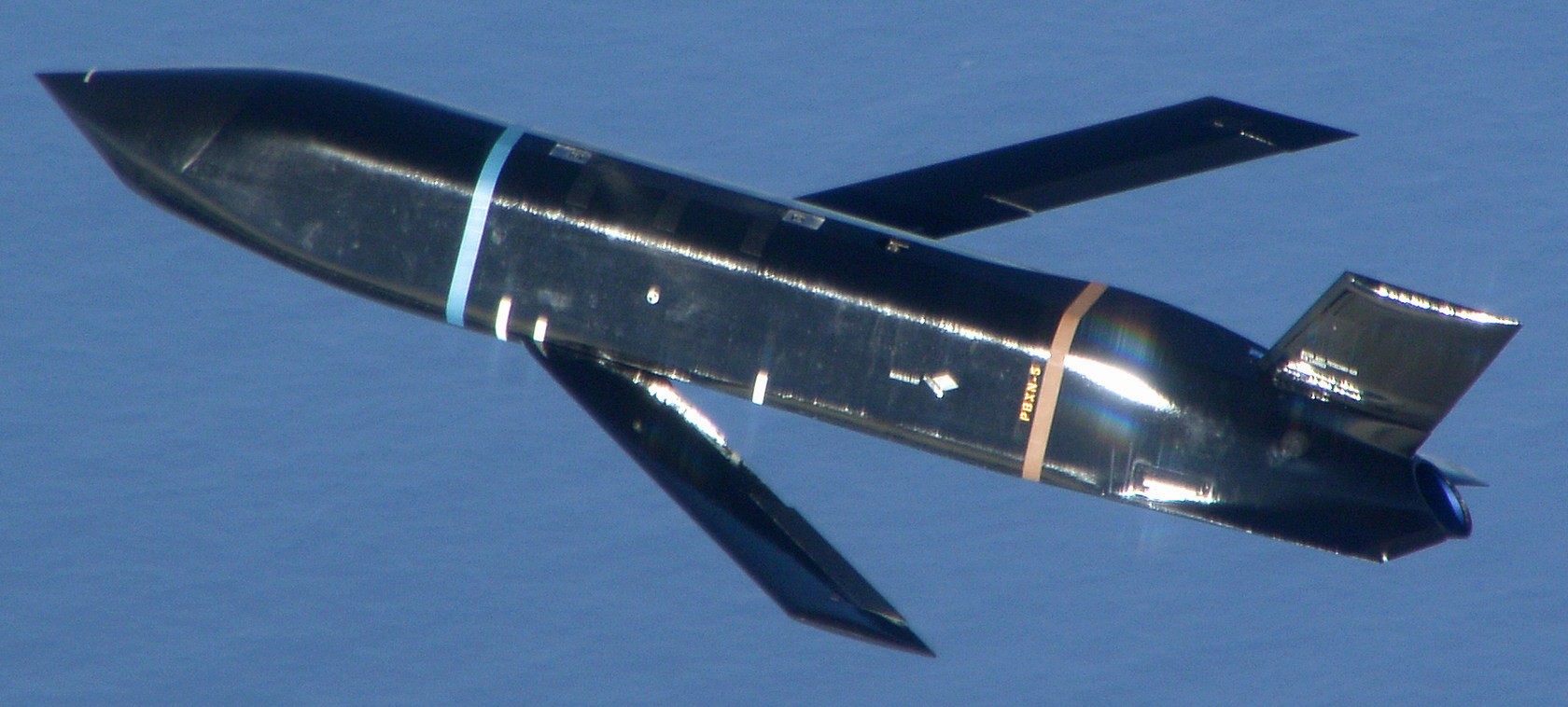 |
| 03/25 |
|
The AGM-158C LRASM (Long Range Anti-Ship Missile) is a stealth air
launch anti-ship cruise missile developed for the United States Air
Force and United States Navy. Derived from the AGM-158B JASSM-ER,
the LRASM was intended to pioneer more sophisticated autonomous
targeting capabilities than the U.S. Navy's current Harpoon
anti-ship missile, which has been in service since 1977. Design: Unlike current anti-ship missiles, the LRASM is expected to be capable of conducting autonomous targeting, relying on on-board targeting systems to independently acquire the target without the presence of prior, precision intelligence, or supporting services like Global Positioning Satellite navigation and data-links. These capabilities will enable positive target identification, precision engagement of moving ships and establishment of initial target cueing in extremely hostile environments. The missile will be designed with counter-countermeasures to evade hostile active defense systems. The LRASM is based on the AGM-158B JASSM-ER, but incorporates a multi-mode passive RF, a new weapon data-link and altimeter, and an uprated power system. It can be directed to attack enemy ships by its launch platform, receive updates via its datalink, or use onboard sensors to find its target. LRASM will fly towards its target at medium altitude then drop to low altitude for a sea skimming approach to counter missile defenses. The AGM-158B JASSM-ER was estimated to have a maximum range of 500 nmi (930 km). However, LRASM's range is shorter than the JASSM-ER it is based upon, due to the extra space for the navigation/sensor/passive radar needs. Lockheed Martin has claimed the missile's range is greater than 200 nmi (370 km). To ensure survivability to and effectiveness against a target, the LRASM is equipped with a BAE Systems-designed seeker and guidance system, integrating jam-resistant GPS/INS, an imaging infrared (IIR infrared homing) seeker with automatic scene/target matching recognition, a data-link, and passive electronic support measures (ESM) and radar warning receiver sensors. Artificial intelligence software combines these features to locate enemy ships and avoid neutral shipping in crowded areas. Automatic dissemination of emissions data is classified, located, and identified for path of attack; the data-link allows other assets to feed the missile a real-time electronic picture of the enemy battlespace. Multiple missiles can work together to share data to coordinate an attack in a swarm. Aside from short, low-power data-link transmissions, the LRASM does not emit signals, which combined with the low-RCS JASSM airframe and low IR signature reduces detectability. Unlike previous radar-only seeker-equipped missiles that went on to hit other vessels if diverted or decoyed, the multi-mode seeker ensures the correct target is hit in a specific area of the ship. An LRASM can find its own target autonomously by using its passive radar homing to locate ships in an area, then using passive measures once on terminal approach. Like the JASSM, the LRASM is capable of hitting land targets. LRASM is designed to be compatible with the Mark 41 Vertical Launching System used on many U.S. Navy warships and to be fired from aircraft, including the B-1 Lancer. For surface launches, LRASM will be fitted with a modified Mk 114 jettisonable rocket booster to give it enough power to reach altitude. Although priority development is on air and surface-launched variants, Lockheed is exploring the concept of a submarine-launched variant, and deployment from a topside canister launcher for smaller ships. As part of OASUW Increment 1, the LRASM will be used only as an air-launched missile to be deployed from the F/A-18E/F Super Hornet and B-1B Lancer, which has the capacity to carry 24 LRASMs. In 2020, the U.S. Navy began the process of integrating the LRASM onto the P-8 Poseidon maritime patrol aircraft, to be completed by 2026. Some naval advisors have proposed increasing the LRASM's capabilities to serve dual functions as a ship-based land attack weapon in addition to anti-ship roles. By reducing the size of its 1,000 lb (450 kg) warhead to increase range from some 300 mi (480 km) to 1,000 mi (1,600 km), the missile would still be powerful enough to destroy or disable warships while having the reach to hit inland targets. With the proper guidance system, a single missile would increase the Navy's flexibility rather than needing two missiles specialized for different roles. Specifications: Designer: DARPA Manufacturer: Lockheed Martin Mass: 2,760 lb (1,250 kg) (est) Length: 14 ft (4.26 m) (est) Width: 25 in (635 mm) (est) Height: 18 in (450 mm) (est) Wingspan: 8 ft 10 in (2.7 m) Warhead: WDU-42/B HE blast fragmentation penetrator Warhead weight: 1,000 lb (453.6 kg) Detonation mechanism: FMU-156/B fuze Engine: Williams F107-WR-105 turbofan Operational range: 200 nmi (370 km) Steering system: Moving wings, 2 horizontal tailplanes & 1 vertical stabilizer Guidance system: GPS, INS, IIR (EO), with AI guidance in on-board sensors (to detect high-value target) Launching platforms: B-1 Lancer F/A-18E/F Super Hornet F-35 Lightning II P-8 Poseidon (integrating) Mk.41 Vertical Launching System (VLS) sources: wikipedia + Lockheed Martin |
| images |
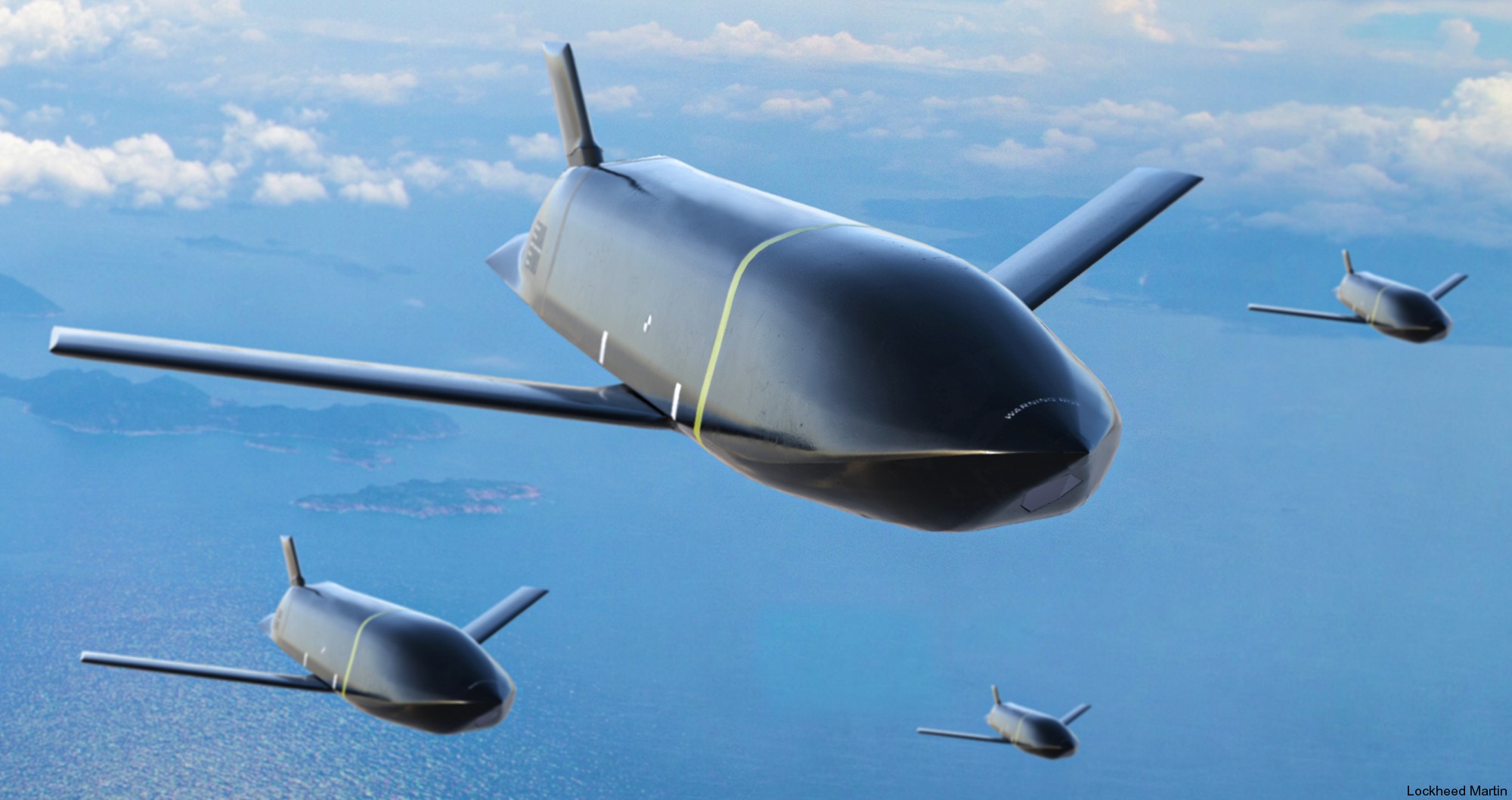 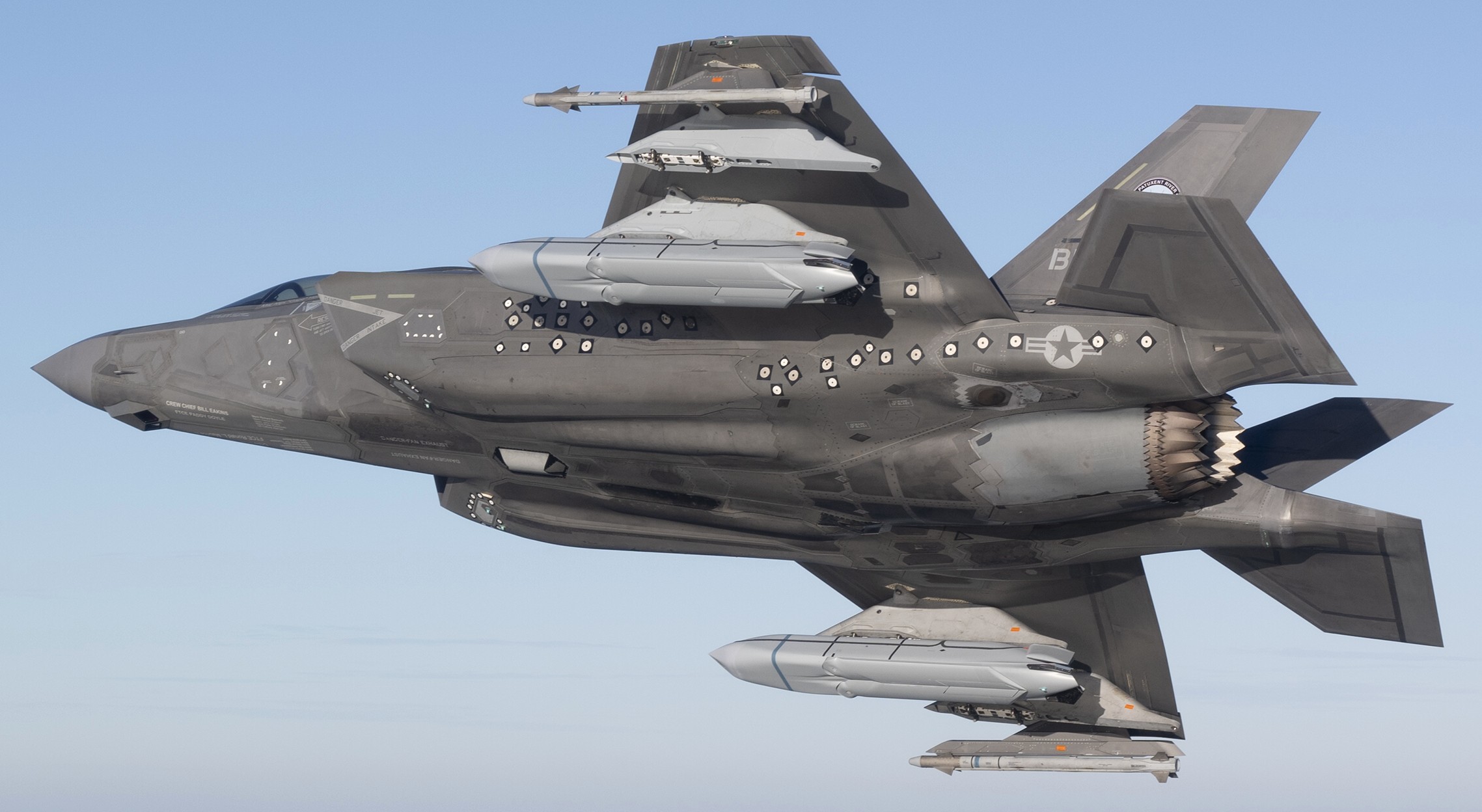 two AGM-158C Long Range Anti Ship Missile (LRASM) on an US Navy F-35B Lightning II 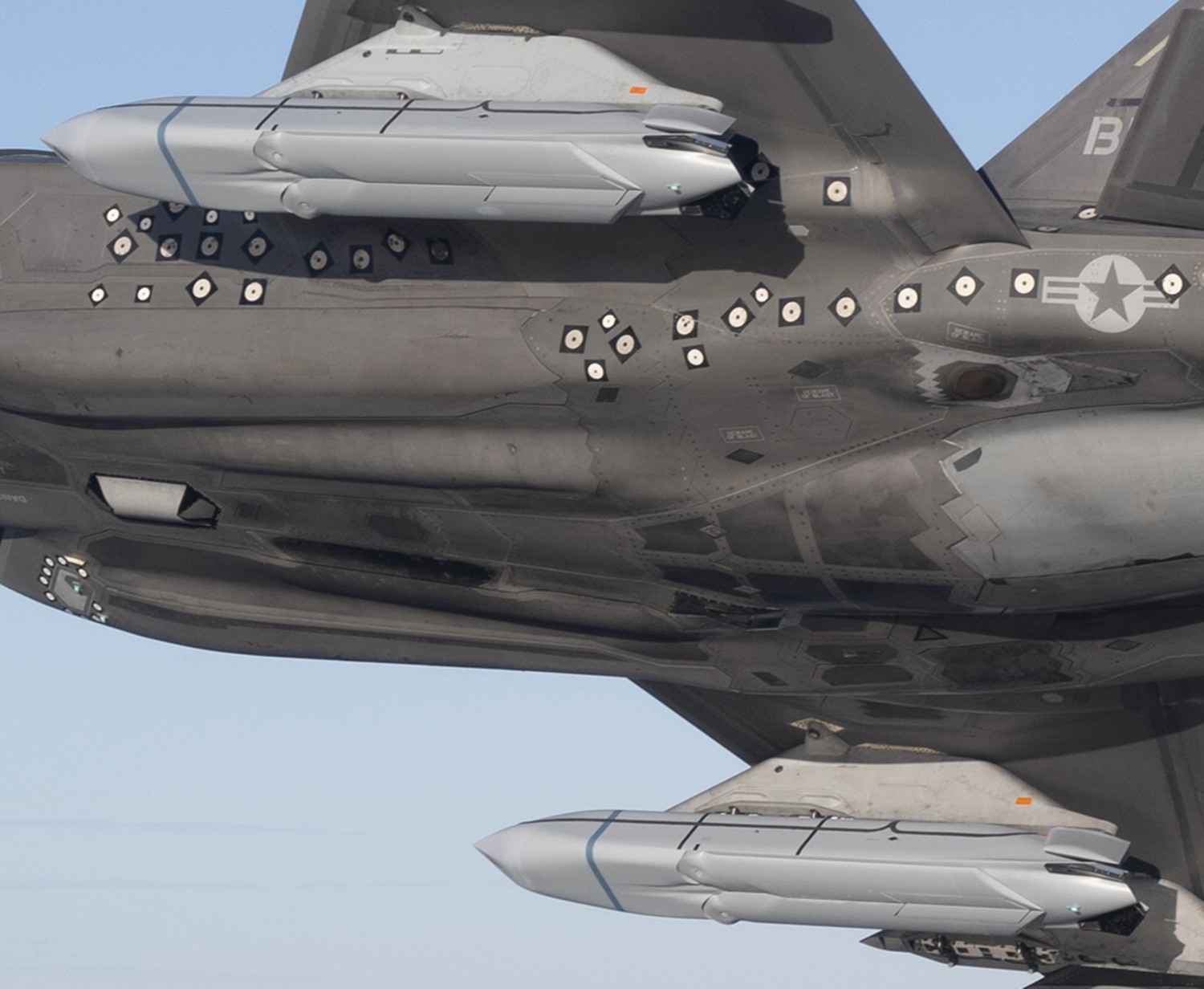 cutout 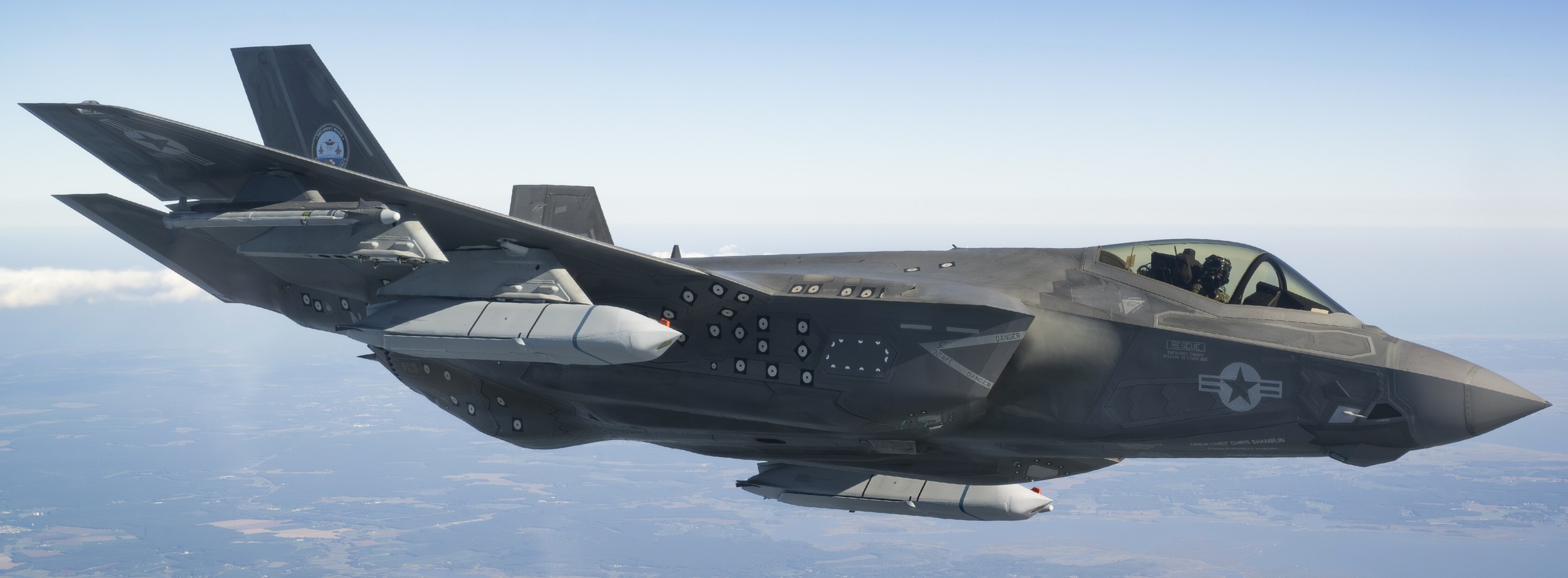 two AGM-158C Long Range Anti Ship Missile (LRASM) on an US Navy F-35B Lightning II  two AGM-158C Long Range Anti Ship Missile (LRASM) on an US Navy F-35B Lightning II  two AGM-158C Long Range Anti Ship Missile (LRASM) on an US Navy F-35C Lightning II  cutout  AGM-158C Long Range Anti Ship Missile (LRASM) on an US Navy F/A-18E Super Hornet 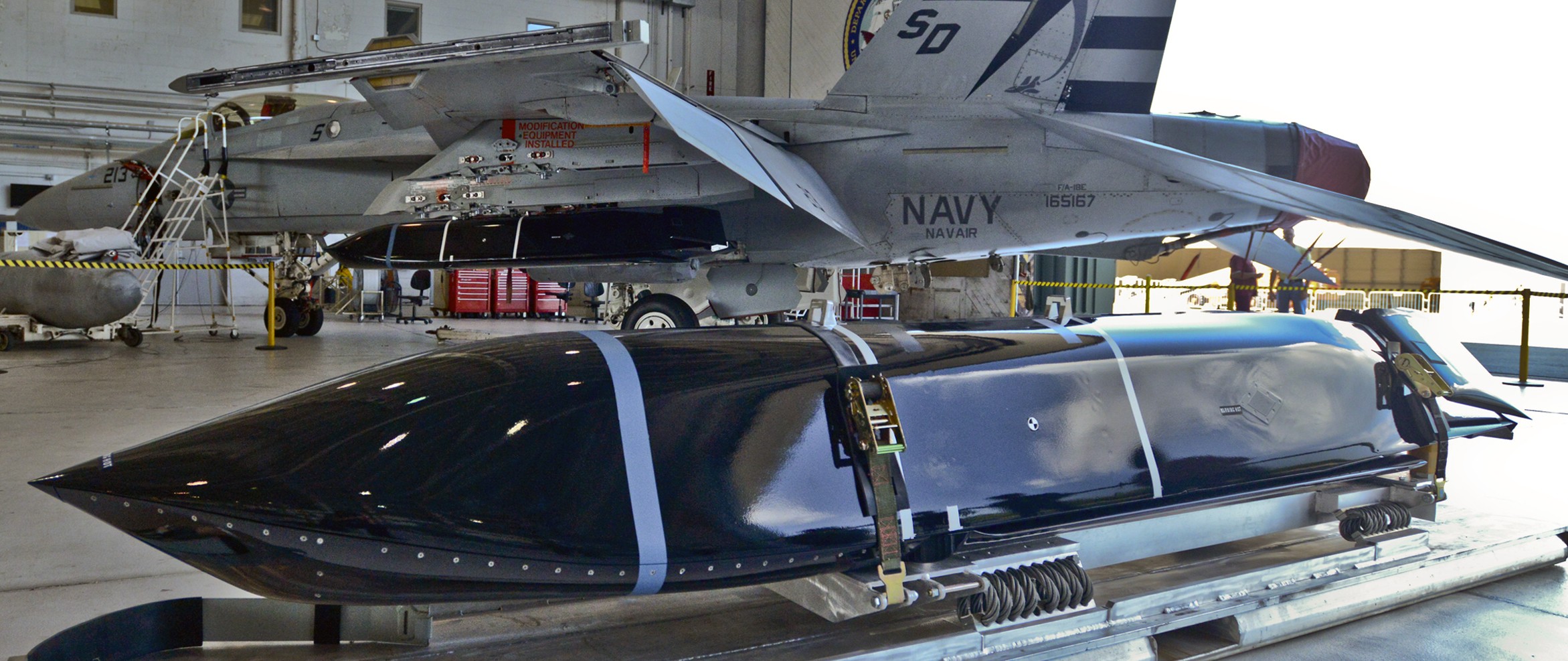 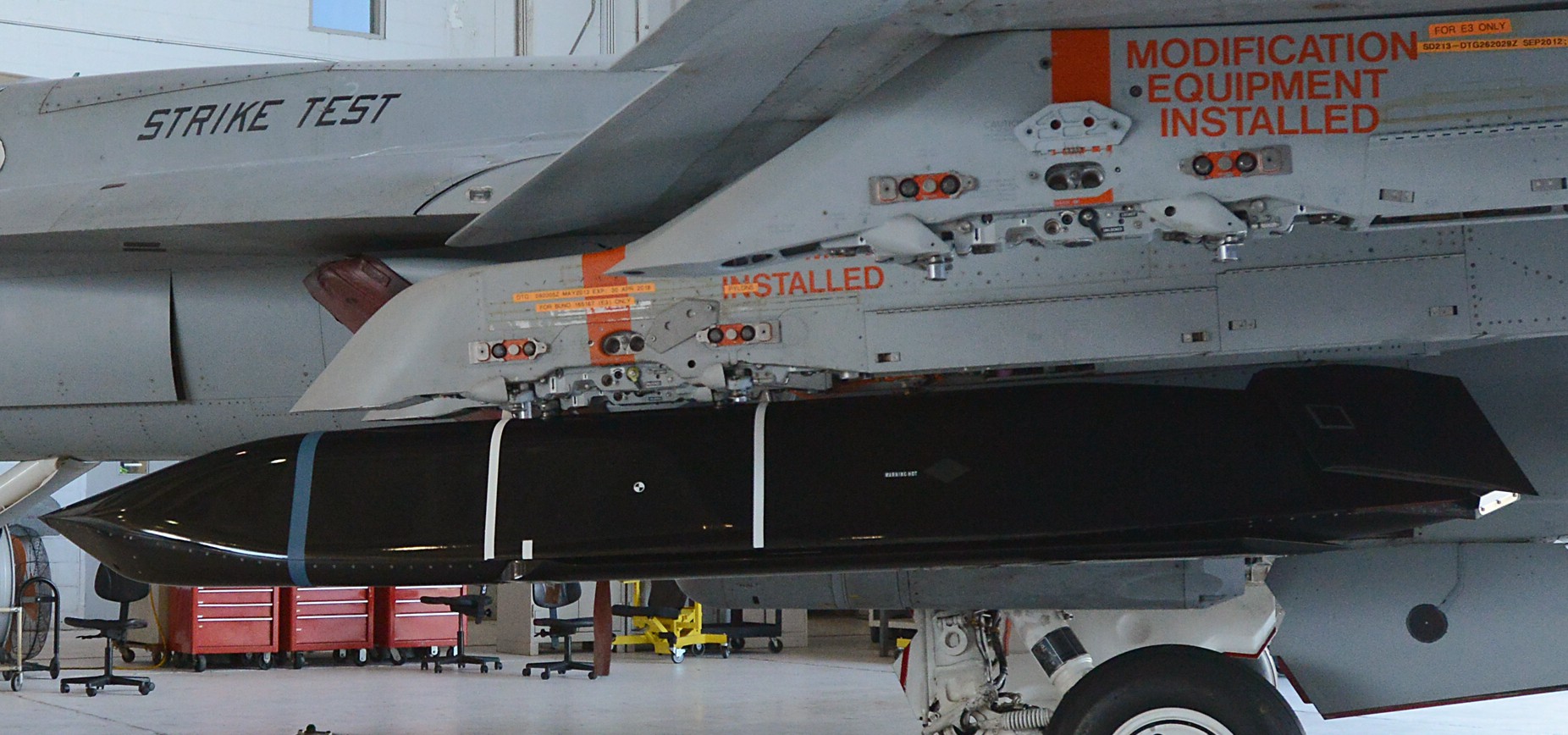   four AGM-158C Long Range Anti Ship Missile (LRASM) on an US Navy F-35 Lightning II  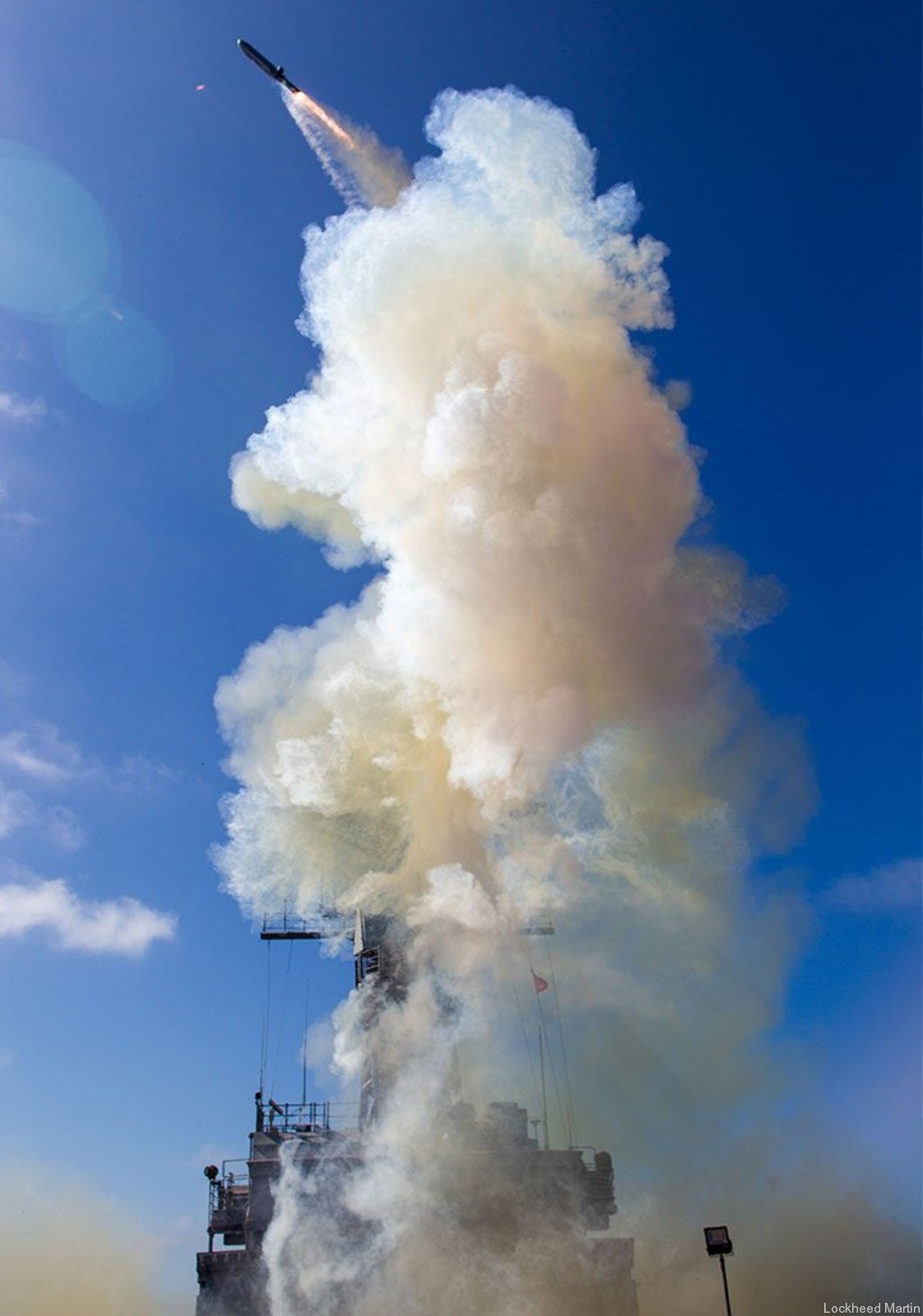 Mk.41 Vertical Launching System (VLS) test firing The AGM-158C Long-Range Anti-Ship Missile is based on the AGM-158 Joint Air-to-Surface Standoff Missile (JASSM) here some images for comparison:  AGM-158 Joint Air-to-Surface Standoff Missile (JASSM) on an USAF F-16  AGM-158 Joint Air-to-Surface Standoff Missile (JASSM) on an USAF F-16  AGM-158 Joint Air-to-Surface Standoff Missile (JASSM) on an USAF F-15E 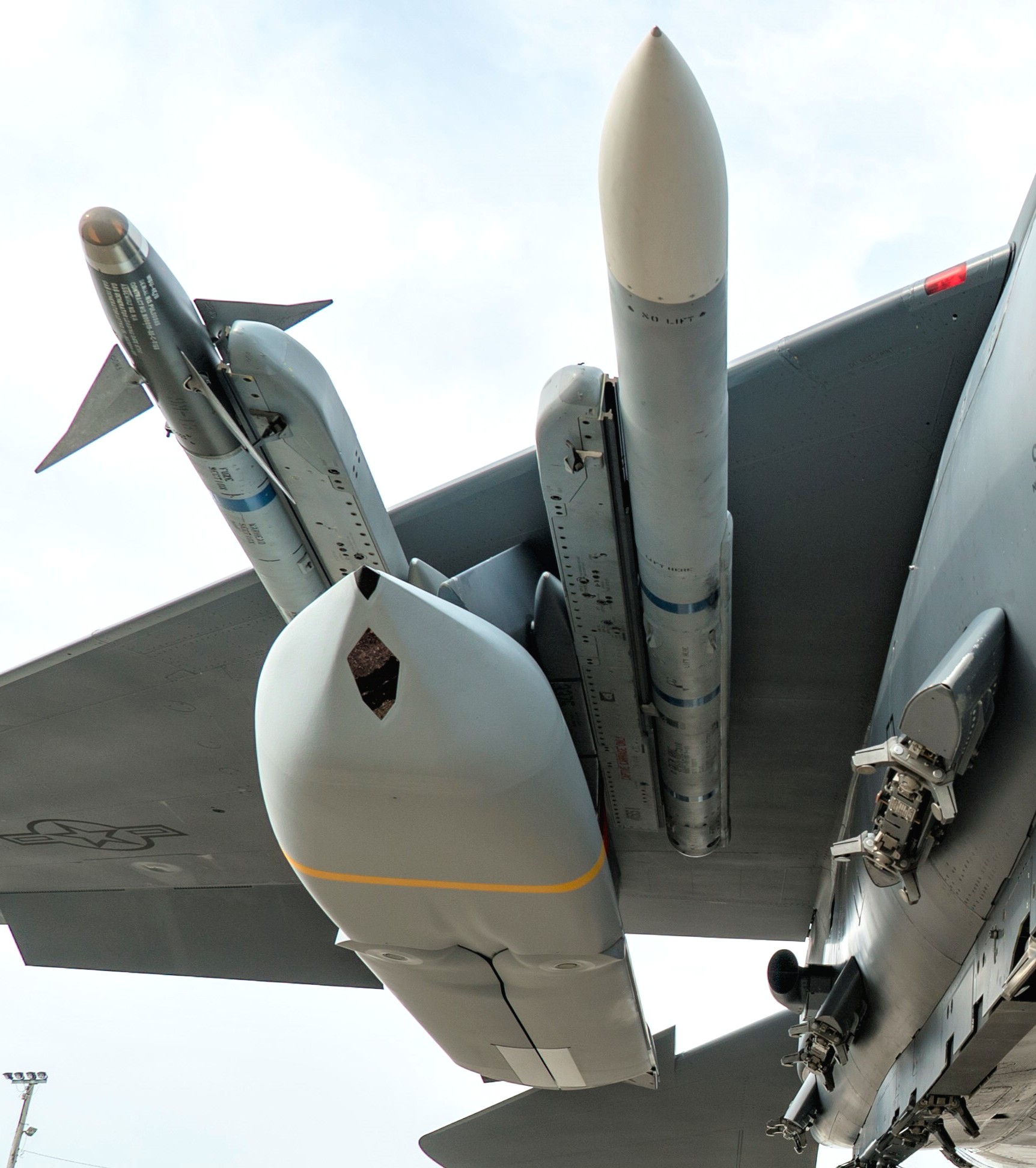 AGM-158 Joint Air-to-Surface Standoff Missile (JASSM) on an USAF F-15E |
|
|
seaforces.org
|
Weapon Systems
start page
| |